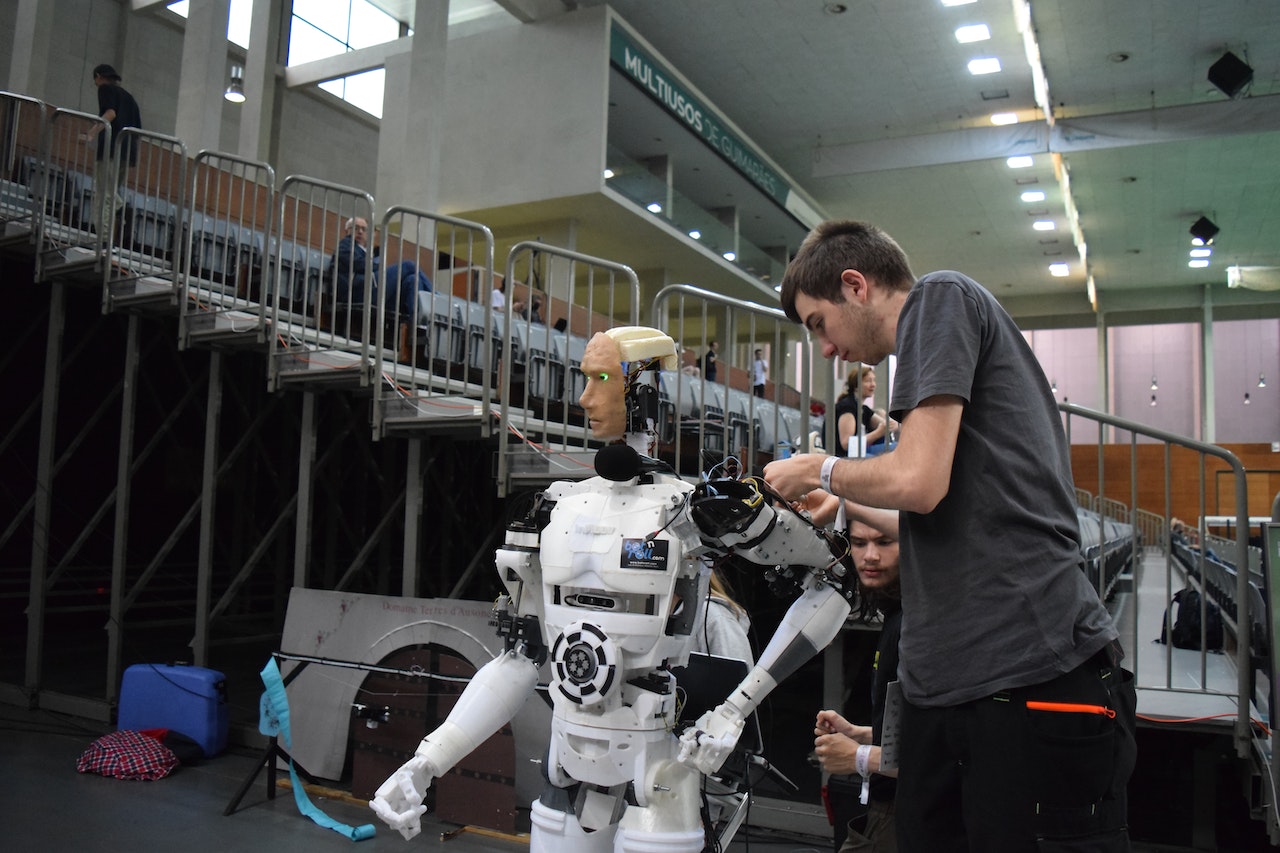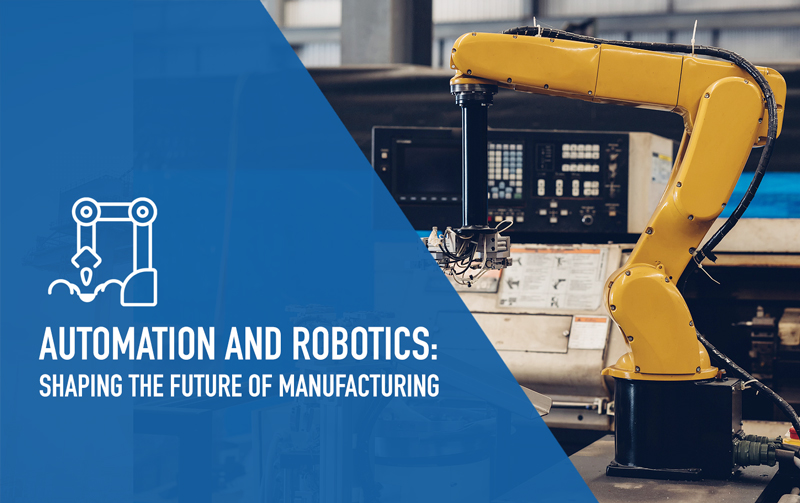Robotics is a fascinating field that combines science, engineering, and technology to build machines that perform tasks autonomously or with human guidance. From industrial automation to medical surgery, robotics has revolutionized several industries and continues to have a profound impact on our daily lives. In this blog post, we’ll explore the wonders of robotics by taking a journey through its various applications and advancements.
Industrial Robotics
Industrial robots are machines that are designed to perform repetitive tasks in manufacturing. They help companies automate production, reduce costs, and improve efficiency. The automotive industry was one of the early adopters of industrial robots. Today, they are used in a wide range of applications such as welding, painting, assembly, and material handling.
Medical Robotics
Medical robotics has been a game-changer in the healthcare industry. Robotic surgical systems allow for minimally invasive surgery, which reduces patient trauma and recovery time. These systems also enhance surgeon dexterity, precision, and visualization during the operation. Robotics is also used in rehabilitation, prosthetics, and medical imaging.
Agricultural Robotics
Agricultural robots are designed to perform tasks such as harvesting, plowing, and planting. They help farmers increase yield, reduce labor costs, and improve efficiency. Agricultural robots are equipped with sensors, GPS, and computer vision to navigate and operate in challenging environments.
Service Robotics
Service robots are autonomous or semi-autonomous machines that perform various tasks in public places, homes, and offices. They include cleaning robots, security robots, and entertainment robots. Service robots are designed to interact with humans in a safe and friendly manner.
Advancements in Robotics
Robotic technology has advanced rapidly in recent years, fueled by advancements in sensors, computing, and artificial intelligence. Robots are becoming more intelligent, agile, and flexible, capable of performing complex tasks in dynamic environments. Some of the latest advancements in robotics include soft robots, swarm robots, and autonomous robots.
Soft robotics is a new field that focuses on creating robots that are made of soft, flexible materials. They are designed to mimic the flexibility and dexterity of biological organisms, making them well-suited for tasks that require delicate manipulation or interaction with humans.
Swarm robotics is a field that studies the emergence of collective behavior in groups of robots. Swarm robots work together autonomously to achieve a common goal, similar to the behavior of social insects such as ants or bees. This technology has several potential applications in search and rescue, environmental monitoring, and transportation.
Autonomous robots are robots that can operate independently without human intervention. They are equipped with sensors, algorithms, and decision-making capabilities to navigate and operate in complex environments. Autonomous robots are used in transportation, logistics, exploration, and military applications.
Conclusion
Robotics is a field that has revolutionized several industries and continues to have a profound impact on our daily lives. From industrial automation to medical surgery, agricultural farming to service robots, the applications of robotics are endless. With the rapid advancements in sensing, computing, and artificial intelligence, the future of robotics looks very promising. Exciting advancements lie ahead, and the wonders of robotics continue to unfold.











